Idrw Team
SOURCE: IDRW.ORG

Satellite imagery reveals promising progress in the development of DRDO’s joint LRDE-GTRE Test Facility Centre at Rajankunte, India. Notably, GTRE’s Twin Test Cell, a crucial component capable of testing future engines exceeding 130kN thrust, is clearly visible in the images.
This project signifies a significant advancement in India’s indigenous engine development capabilities. The groundwork for the facility, encompassing Civil Works and Allied Services for the Engine Test Facility along with ancillary work for GTRE, commenced in September 2023. Consultancy work for the project began two months prior, in July 2023.
Continue readingSOURCE: IDRW.ORG TEAM
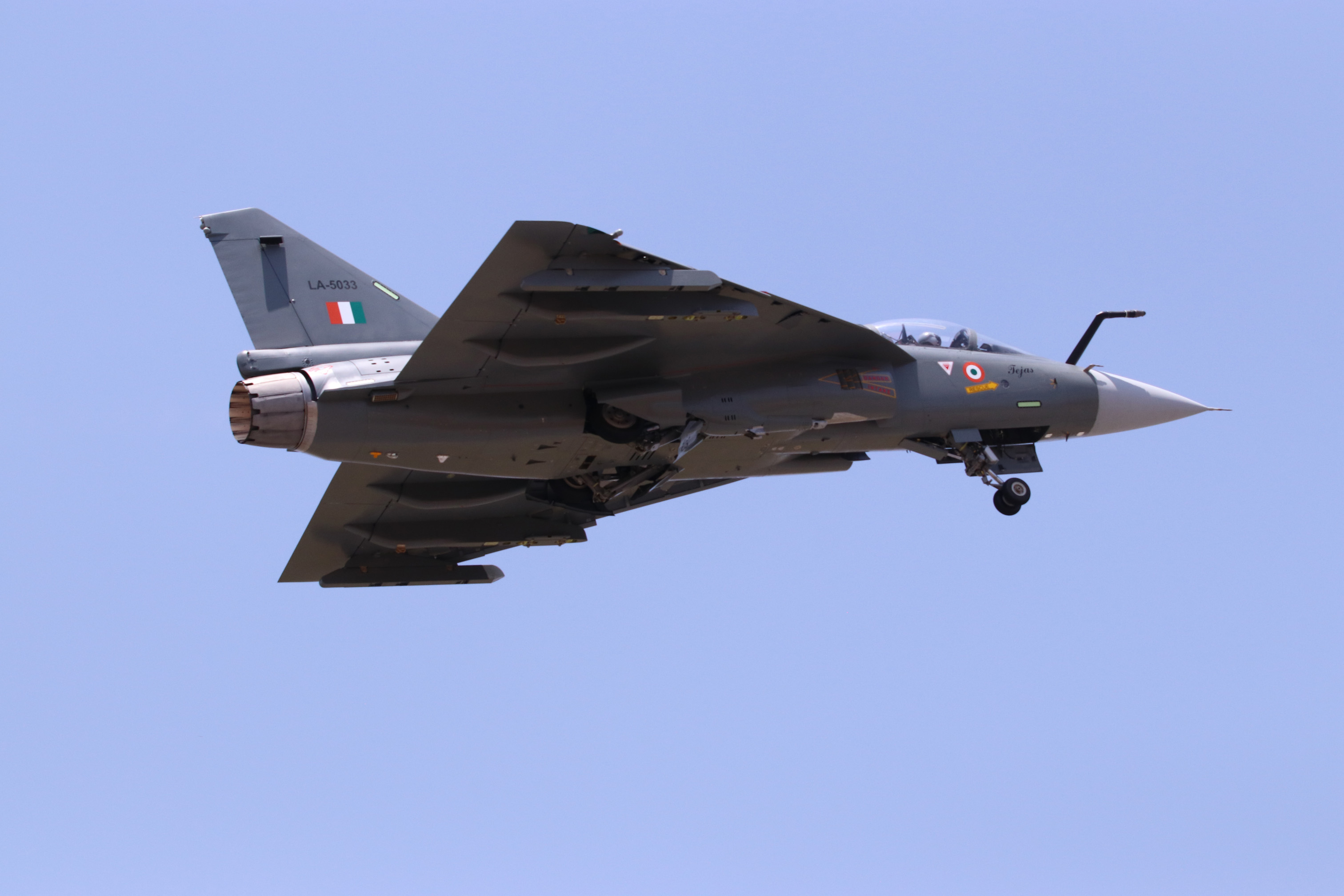
The Indian aerospace industry witnessed a significant milestone today as the first production variant of the Tejas Mk-1A Light Combat Aircraft (LCA) successfully completed its maiden flight. The aircraft, designated LA5033, took off from the Hindustan Aeronautics Limited (HAL) facility in Bengaluru and remained airborne for 18 minutes, marking a crucial step forward for the program.
This successful flight signifies HAL’s achievement of a critical production milestone. The accomplishment is even more impressive considering the concurrent design and development efforts undertaken alongside production. This approach reflects India’s commitment to expediting the delivery of these upgraded fighter jets.
Continue readingSOURCE: IDRW.ORG TEAM

Skyroot Aerospace, the Indian private space company, has achieved another critical milestone towards the first orbital launch of their Vikram-1 rocket. The successful test firing of the rocket’s second stage, named Kalam-250, brings them a step closer to making history.
The test, conducted at ISRO’s propulsion test facility in Sriharikota, India, saw the Kalam-250 engine ignite and operate within expected parameters. The flex nozzle control system, crucial for steering the rocket during flight, also functioned successfully.
Continue readingSOURCE: IDRW.ORG TEAM

AvGarde Systems, a rising startup based in Assam, has emerged victorious in the Dream 4.0 contest. The challenge focused on innovative solutions to countermeasure threats posed by single drones and drone swarms. AvGarde’s win highlights India’s growing prowess in indigenous defense technology development.
The winning solution, titled “DroneSafe,” is an AI-powered counter-unmanned aerial system (C-UAS). DroneSafe tackles the challenge of aerial threats posed by drones, UAVs (unmanned aerial vehicles), and other airborne objects. Its functionalities include:
Continue readingSOURCE: IDRW.ORG

The Tejas Mk1A fighter aircraft, designated LA5033, has been spotted sporting a new canopy design. This modification is believed to enhance visibility for pilots, particularly during aerial combat maneuvers.
The most striking feature of the new canopy is a distinct bulge at the rear. This bulge provides additional space for the pilot’s helmet, potentially improving situational awareness and reducing blind spots. Improved visibility is crucial for pilots to effectively track and engage enemy aircraft during dogfights.
Continue readingSOURCE: IDRW.ORG
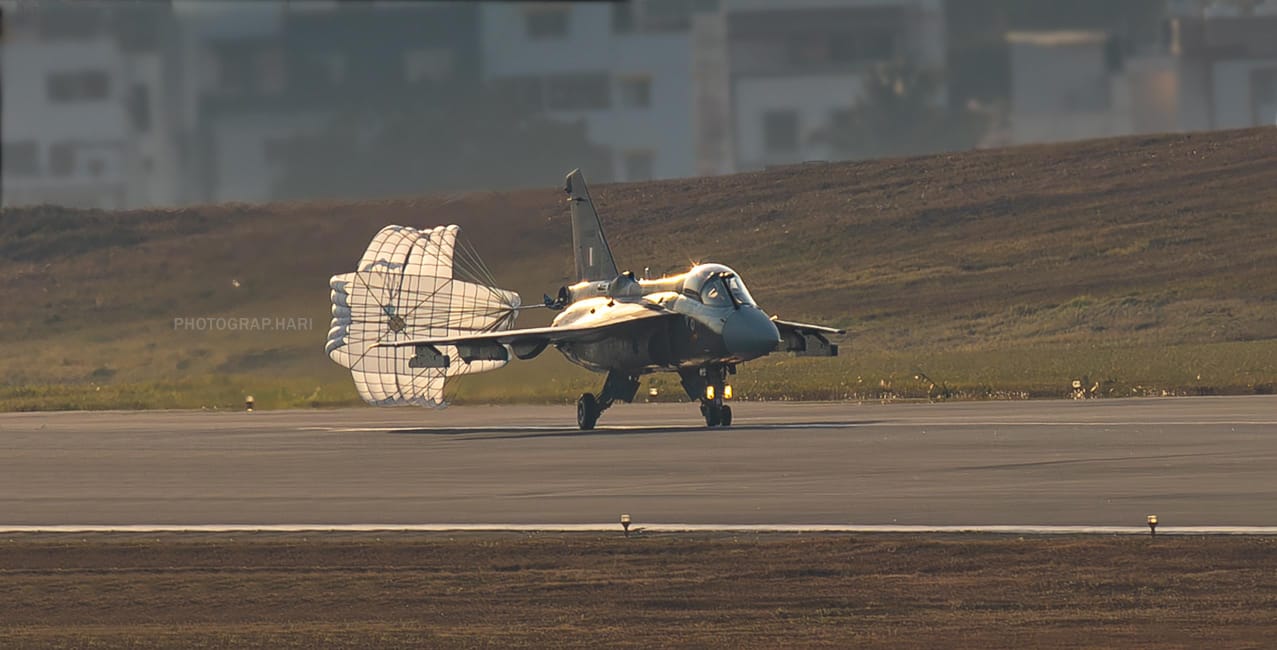
The indigenously developed Tejas Mk1A fighter aircraft, designated LA5033, successfully completed a series of low-speed taxi trials (LSTT) followed by high-speed taxi trials (HSTT) yesterday, on March 27th, 2024. These trials are a crucial step towards the aircraft’s maiden flight, which is now expected to take place today, subject to successful completion of final checks.
Certifying agencies have expressed confidence in LA5033’s readiness for its first flight. Yesterday’s taxi trials were piloted by veteran test pilot Gp Capt K K Venugopal (Retd), who is part of the Hindustan Aeronautics Limited (HAL) Civil Test Pilot (FW) group.
Continue readingSOURCE: IDRW.ORG TEAM
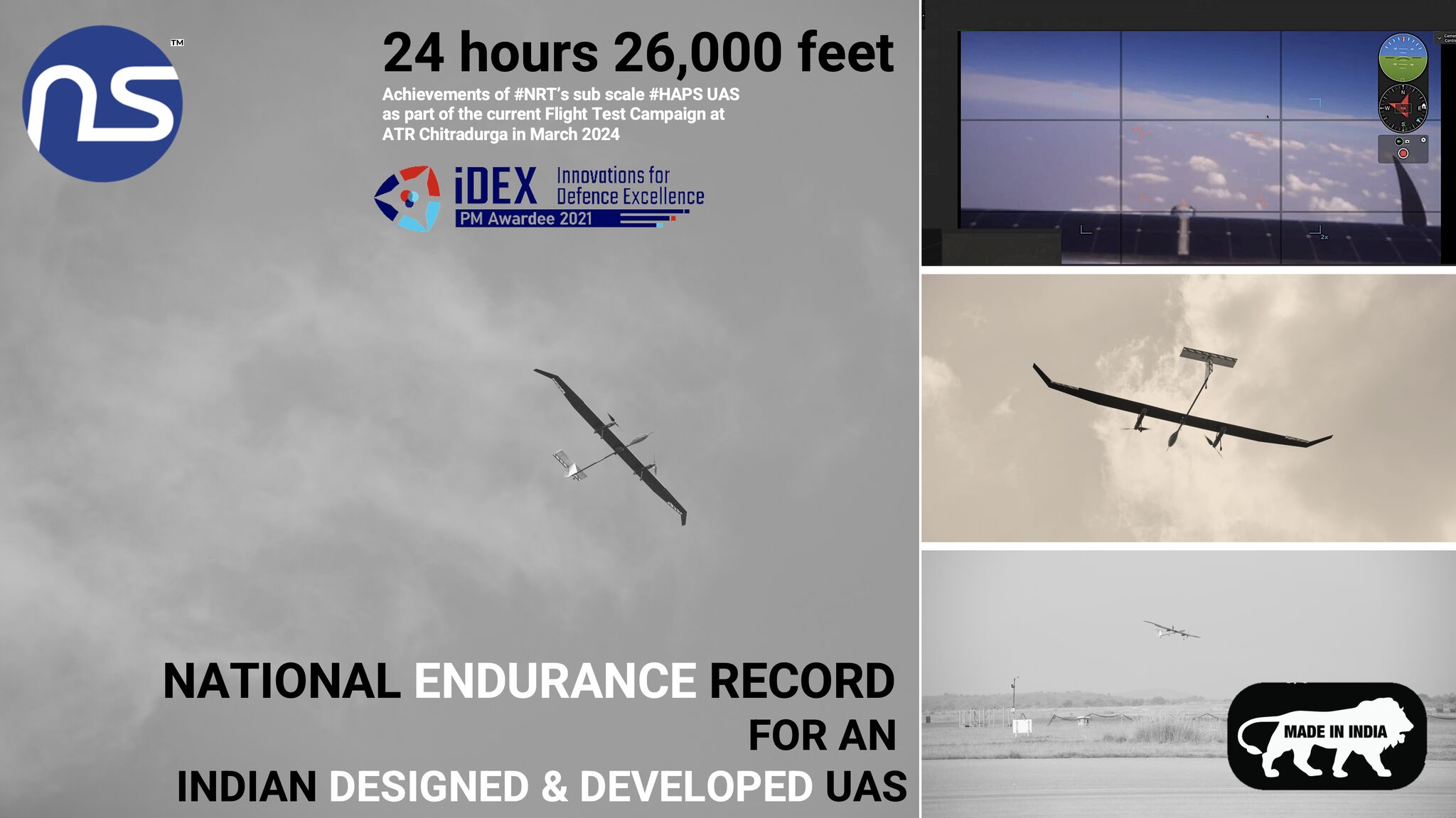
NewSpace Research and Technologies (NRT), a Bengaluru-based aerospace company, has achieved a remarkable feat in Indian aviation history. Their sub-scale High Altitude Pseudo-Satellite (HAPS UAS) development prototype successfully completed a record-breaking flight test at ATR Chitradurga.
The test surpassed all initial objectives, achieving an astounding flight endurance of over 24 hours. This incredible accomplishment translates to a new national record for India – the longest flight duration ever recorded for an Indian-designed, developed, and manufactured (IDDM) unmanned aerial system (UAS).
Continue readingSOURCE: IDRW.ORG TEAM
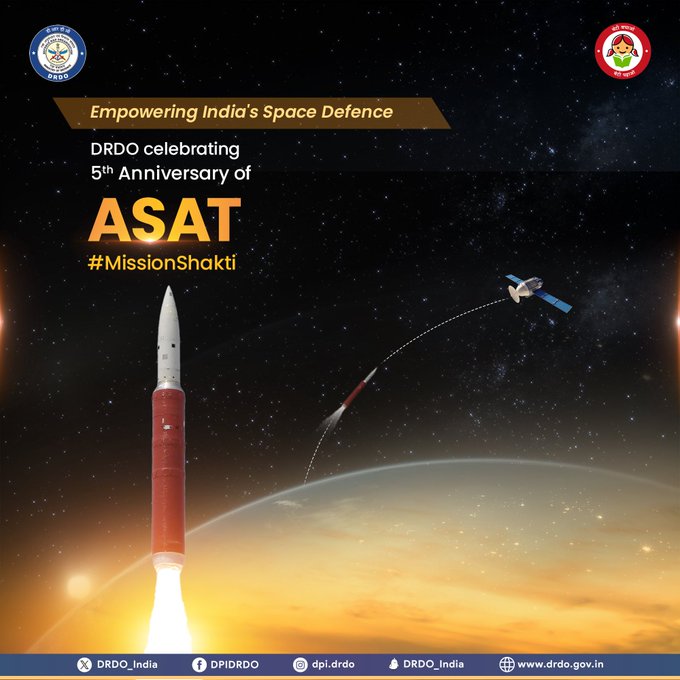
On this day five years ago, India successfully conducted Mission Shakti, an anti-satellite (ASAT) missile test, propelling the nation into an elite group of countries with this advanced technology.
The mission involved a specially designed missile launched from Dr. APJ Abdul Kalam Island, precisely targeting and destroying a small Indian satellite orbiting Earth at an altitude of 350 kilometers and traveling at a phenomenal speed of 24,000 kilometers per hour. This remarkable feat showcased India’s growing prowess in the field of aerospace and defense technology.
Continue readingSOURCE: IDRW.ORG TEAM

The Indian government has implemented amendments to the Defense Acquisition Procedure (DAP) 2020, following recommendations by the Defense Acquisition Council (DAC). These changes aim to further promote “Make in India” and “Aatmanirbharta” (self-reliance) within the country’s defense industry, while also streamlining the Ease of Doing Business for domestic companies.
These amendments are expected to significantly boost domestic defense production capabilities. By mandating a higher indigenous content threshold and facilitating access to testing facilities, the government aims to create a more conducive environment for Indian companies. Additionally, the requirement for complete know-how of imported components pushes them towards developing indigenous alternatives, furthering the “Aatmanirbharta” goal.
Continue readingSOURCE: IDRW.ORG TEAM.

Solar Industries India Limited’s (SII) subsidiary, Economic Explosives Limited (EEL), has secured a contract to supply 30,000 units of the Multi-Mode Hand Grenade (MMHG) to the Central Reserve Police Force (CRPF) for ?13.983 crore. EEL’s bid of ?4,661 per grenade proved more competitive than Munitions India Limited’s (MIL) offer of ?15.547 crore.
Developed by the Terminal Ballistics Research Laboratory (TBRL), the MMHG is a versatile grenade designed for both offensive and defensive use. A unique feature is the ability to easily switch between modes by removing or attaching a fragmenting sleeve before throwing.
Continue readingSOURCE: IDRW.ORG TEAM

Gurgaon-based Pareto Tree Private Limited, winner of the prestigious SPRINT Challenge, has unveiled the HERO Search V1 – a revolutionary Personal Alert Safety System (PASS) device designed to safeguard the lives of firefighters, search & rescue teams, damage control teams, and isolated defense personnel. This innovative tool promises to be a game-changer in emergency response, offering critical features that can mean the difference between life and death in dangerous situations.
HERO Search V1 boasts cutting-edge continuous motion sensing technology. No movement goes unnoticed, allowing rescuers to swiftly locate missing or incapacitated individuals even in the most chaotic situations. Gone are the days of agonizing uncertainty; HERO Search V1 provides a vital lifeline in the face of danger.
Continue readingSOURCE: IDRW.ORG TEAM
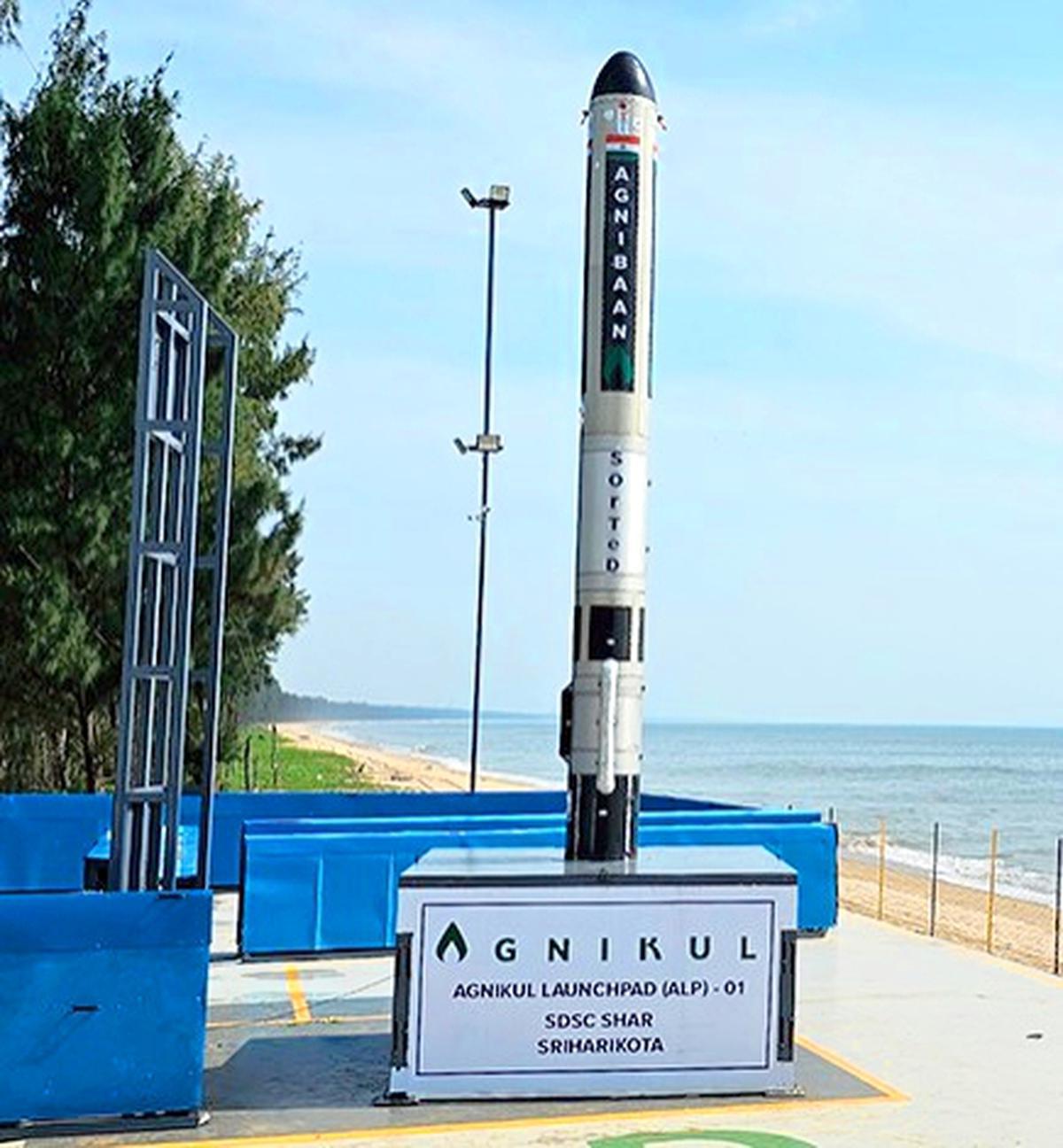
Chennai-based space startup Agnikul Cosmos has announced a delay in the test launch of its “AGNIBAAN SOrTeD” (Sub Orbital Technology Demonstrator) mission. Originally planned for March 22, 2024, the launch is now on hold to allow for additional readiness checks.
In a statement, Agnikul Cosmos cited the need for further preparations as the reason for the postponement. The company says it may require additional time beyond the originally planned NOTAM (Notice to Airmen) window. A new NOTAM will be issued soon to inform of the rescheduled launch date.
Continue readingSOURCE: IDRW.ORG TEAM
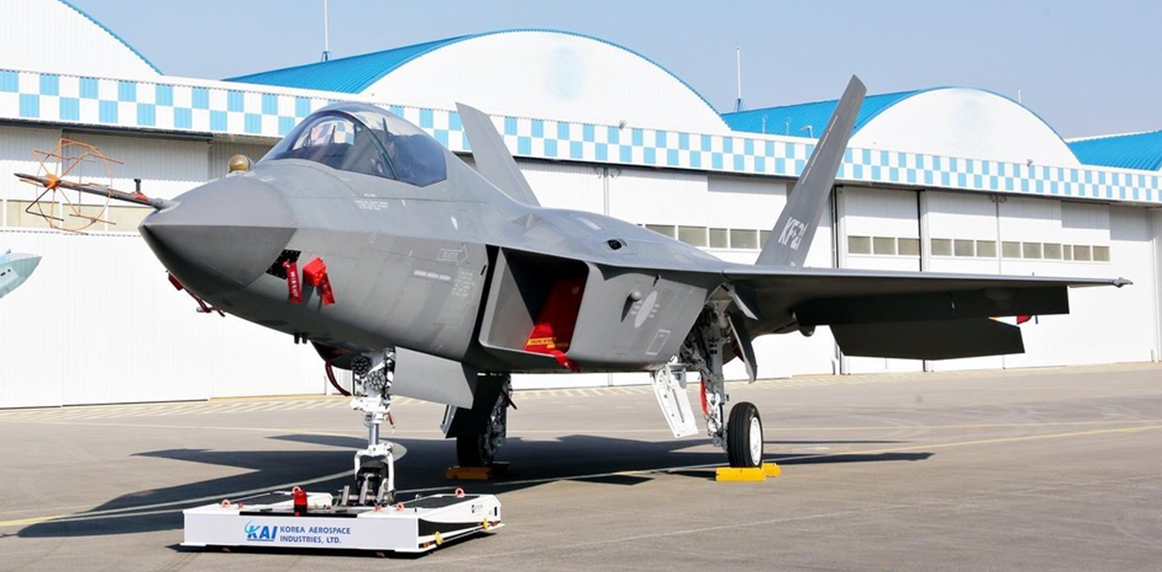
South Korea’s Defense Acquisition Program Administration (DAPA) has greenlit production of the KF-21, a domestically developed 5th-generation fighter jet. This marks a significant step forward for the nation’s aerospace industry.
The production approval covers the period between 2024 and 2028, with a total estimated cost of W7.9 trillion (approximately $5.8 billion). While the official number of aircraft remains undisclosed, South Korean media reports suggest an initial production run of 20 jets.
Continue readingSOURCE: IDRW.ORG TEAM.
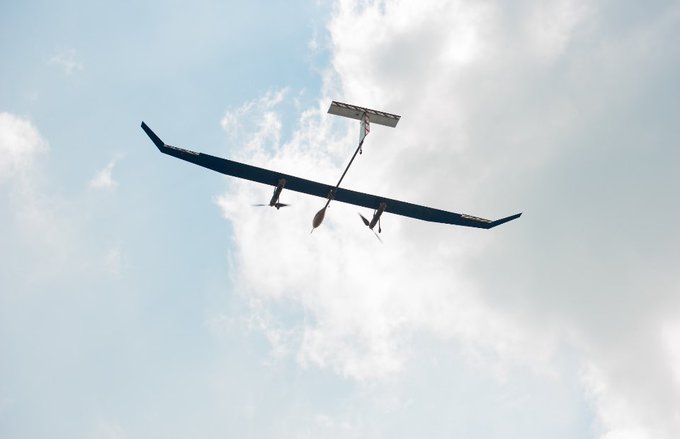
Bengaluru-based aerospace startup NewSpace Research & Technologies (NRT) has achieved a significant milestone with the successful completion of a 24-hour+ flight by its High-Altitude Pseudo-Satellite (HAPS) prototype. This marks a major leap forward in India’s development of unmanned aerial vehicles (UAVs) with extended endurance capabilities.
The HAPS SCALED, a solar-powered UAV, utilizes a Bushless DC electric motor and boasts a maximum take-off weight of 80kg. During the record-breaking flight over ATR Chitradurga, the HAPS SCALED exceeded all pre-defined test objectives.
Continue readingSOURCE: IDRW.ORG TEAM.

@detresfa_
India has issued a Notice to Airmen (NOTAM) for a military firing exercise to be conducted around the Andaman and Nicobar Islands, close to the strategically important Malacca Strait. The designated exercise area spans 380 kilometers and is scheduled for March 29-30, 2024.
The timing of the exercise coincides with the presence of the Chinese Yuan Wang 3 space tracking ship in the region. Analysts believe India might be test-firing the BrahMos supersonic cruise missile, which is deployed in the Andaman and Nicobar Islands. The BrahMos missiles are known for their speed and precision, and their deployment serves as a deterrent against potential Chinese incursions into the Indian Ocean Region (IOR) in the event of conflict.
Continue reading